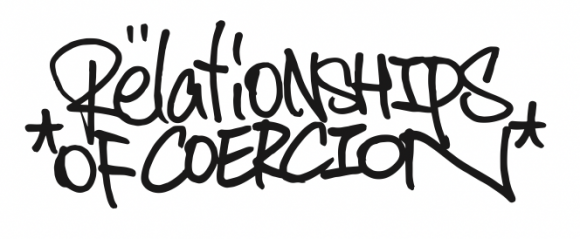
Some of the key issues that often correlate, coincide, or are caused by the elements of "Relationships of Coercion" in a cooperative are as follows -
COOPERATIVE CULTURE
Culture within a cooperative can be a balm to the impacts of unavoidable coercive relationships; it can also be harmfully shaped and defined by those same relationships. It is hard to know how the requirements of relationships with government and funders impact a given cooperative’s culture and potential, as much of the structural or procedural dictates are imposed upon the cooperative from the outset (e.g. Board of Directors required to incorporate). Still further, these kinds of structural or systemic mandates are so widespread throughout the world, it can be hard to imagine what else is possible. More generally, any form of outside control in a cooperative – be it funding conditions or restrictions on membership – degrades the Cooperative Identity of a group. Within youth cooperatives, this is especially damaging, as it can be the first interaction a young person has with what they think is cooperative culture, which may lead them to either reject cooperativism or embrace and propagate a corrupted version. For those coercive cooperative-to-cooperative relationships, this is especially troubling and negatively impactful on the cooperative culture of both the coopyouth organizations and the often older cooperative institution exercising paternalistic control. These kinds of relationships poison and weaken the defining culture of the Cooperative Movement. Self-determination is a requisite for strong cooperative culture.
CAPITAL
One of the most common corrupting mechanisms in cooperatives and organizations of all kinds is nearly any relationship undertaken to secure capital necessary for operation. While the conditions placed on borrowing or accepting capital from another person or organization - such as changing structures or practices to reflect the wishes of the party providing capitals - may be considered normal or conventional, they constitute an integrity degrading form of external control within cooperatives for which autonomy is both a Principle and a necessity. As a result, how and whence capital is acquired largely determines the extent to which a cooperative must engage in coercive relationships.
STRUCTURE & PARTICIPATION
Multiple cooperatives specifically noted how government and funders have dictated some aspect of how they structure and operate their cooperatives. Many, if not most or all, of the cooperatives interviewed have likely been compelled to structure or shape their cooperative in some way, but did not choose to make special note of it as it has been so normalized and accepted within society. Specifically, many cooperatives automatically adopt a Board of Directors, given its ubiquitousness throughout conventional business and cooperative enterprises, despite them not being at all inherent to the Cooperative Identity. This kind of structural assumption can be understood through the lens of “business ontology” that plagues the Cooperative Movement and is explained in more detail in the “Words Mean Things” section “Dirty Words,” in the longform version of the toolkit. Youth have demonstrated considerable ingenuity in designing and operating their cooperatives, in spite of outside influences. It is worth considering what coopyouth could imagine and manifest without such coercive interventions.
